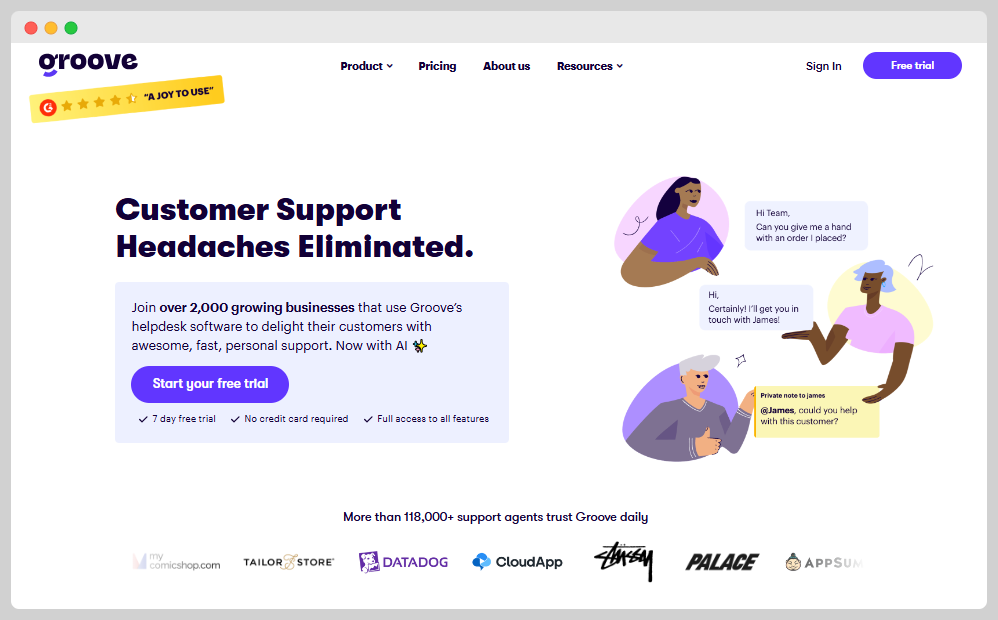How a Non-Technical Founder Grew GrooveHQ to $10M Without Coding
Who is Alex Turnbull?
Alex Turnbull, from Rhode Island, is the founder of Groove, with a background in product management and previous entrepreneurial experience, notably with BantamLive, which sold for $15 million. Despite lacking technical skills, he successfully launched GrooveHQ to provide a simpler customer service solution for small businesses.
What problem does Groove solve?
Groove provides small businesses with a straightforward helpdesk platform, solving the hassle of complex, expensive software by offering a simple, affordable alternative that's easy to use.

Disclaimer: The initial draft of this article was compiled by the Starter Story team based on publicly available interviews, podcasts, and other content from the founder. See the sources we used here.

Download the report and join our email newsletter packed with business ideas and money-making opportunities, backed by real-life case studies.

Download the report and join our email newsletter packed with business ideas and money-making opportunities, backed by real-life case studies.

Download the report and join our email newsletter packed with business ideas and money-making opportunities, backed by real-life case studies.

Download the report and join our email newsletter packed with business ideas and money-making opportunities, backed by real-life case studies.

Download the report and join our email newsletter packed with business ideas and money-making opportunities, backed by real-life case studies.

Download the report and join our email newsletter packed with business ideas and money-making opportunities, backed by real-life case studies.

Download the report and join our email newsletter packed with business ideas and money-making opportunities, backed by real-life case studies.

Download the report and join our email newsletter packed with business ideas and money-making opportunities, backed by real-life case studies.











